My Hyacinth Is Turning Brown – Caring For Browning Hyacinth Plants
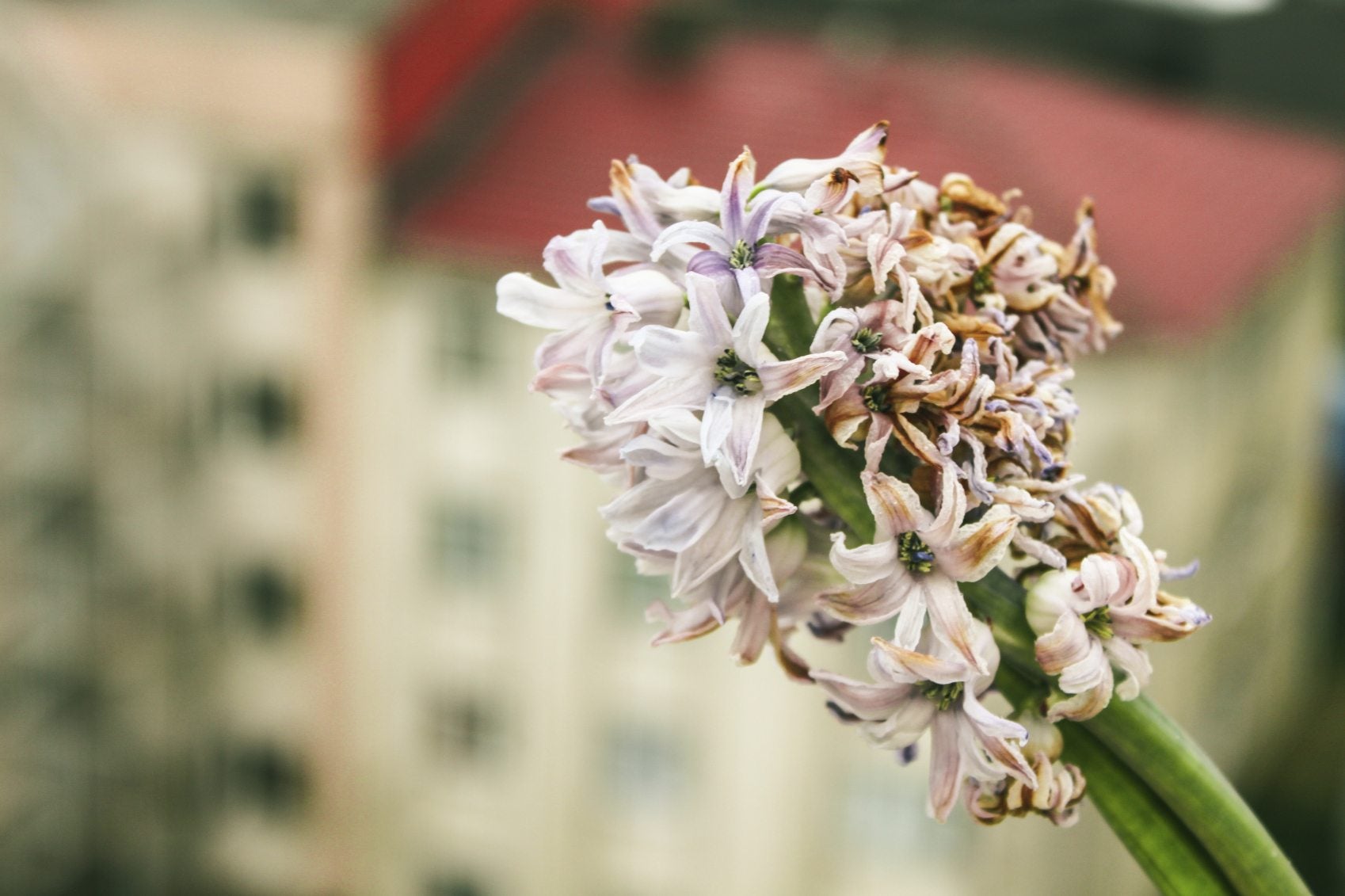
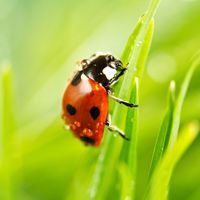
One of the most welcome signs of spring is the emergence of the fragrant and stout hyacinth. Whether grown in the ground or indoors in a pot, the flowers of this plant promise the end of cold temperatures and frost to gardeners everywhere. Unfortunately, problems aren’t uncommon, with the hyacinth plant turning brown among the most frequently encountered. Find out if your hyacinth has a real problem or if it’s just going through its normal lifecycle in this article.
Help! My Hyacinth is Turning Brown!
Before you panic because your hyacinth is browning, take a deep breath. Browning hyacinth plants aren’t always a cause for concern. In fact, it’s often just a signal that they’ve done their thing for the year and are getting ready to shed their flowers or go into dormancy. If your plant is turning brown, check these things before panicking:
- Light. Indoor hyacinths need plenty of light, but they shouldn’t be in a window with direct sunlight. Too much light can cause brown leaves on hyacinth, as well as not enough.
- Water. Root rot is another major problem with indoor hyacinths. Overwatering can cause the root system to turn into mush, inhibiting its ability to move nutrients through the plant. Yellowing and browning are signs of this problem. Unpot your plant, check the roots, and repot into it dry medium if you want to save it. Never allow plant pots to stand in water in a dish; instead, allow the excess water to drain out the bottom of the pot.
- Frost damage. Outdoor hyacinths are sometimes kissed by frost when they’re first emerging from the ground. This will usually manifest as brown spots that later grow into blotches. Prevent these spots by providing a 2- to 4-inch (5-10 cm.) layer of mulch to protect tender growth early in the season.
- Insects. Hyacinths are generally pest-free, but once in a while thrips or sap-sucking insects will attack them. Look for small insects under the leaves and inside open flower buds. If you detect movement or see what appears to be woolly or scaly growth on wilting areas of the plant, spray it with neem oil weekly until the bugs are gone.
- Fungal infections. Infections like Botrytis fungus can cause brown blooms on hyacinths. The spots from this disease are gray-brown and will rot quickly. Increasing the air circulation around the plant and watering it properly will dry out this type of infection.
Gardening tips, videos, info and more delivered right to your inbox!
Sign up for the Gardening Know How newsletter today and receive a free copy of our e-book "How to Grow Delicious Tomatoes".
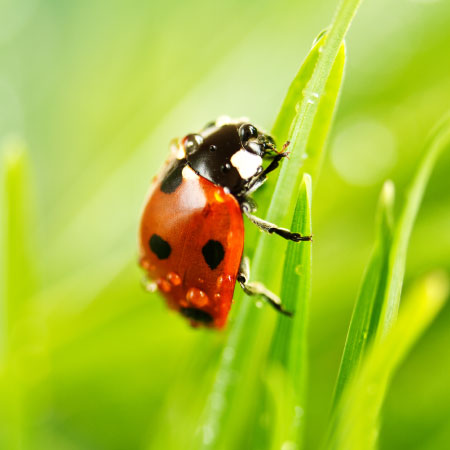
Kristi Waterworth was a regular contributor to Gardening Know How for many years, answering countless queries on plant pests and diseases.
-
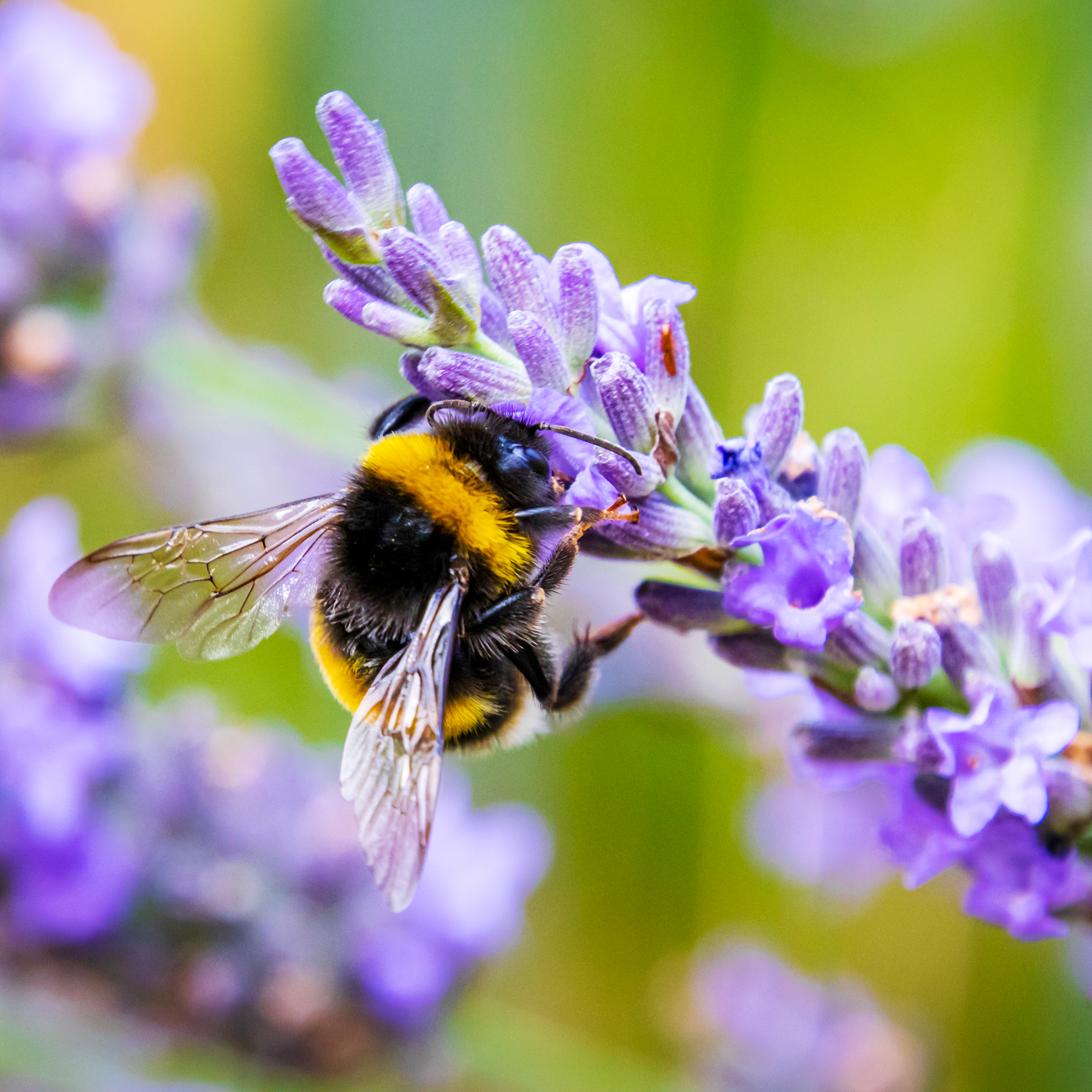 7 Plants Wasps Hate But Bees Adore – For A Pollinator Garden That's Buzzing, Not Bothered
7 Plants Wasps Hate But Bees Adore – For A Pollinator Garden That's Buzzing, Not BotheredCreate a bee-friendly, wasp-free garden with these smart planting choices that keep pests at bay while nurturing precious pollinators.
-
 “My 5 Must-Have Perennials” – After 25 Years Of Gardening, These Perennials Have Become Essentials In My Garden
“My 5 Must-Have Perennials” – After 25 Years Of Gardening, These Perennials Have Become Essentials In My GardenThere are some plants you can't live without! As a long-time gardener and garden writer, these are my must-have perennials that deserve a spot in every garden.
-
 Grow Ornithogalum Candicans: Add Sparkle To Borders With Summer Hyacinth
Grow Ornithogalum Candicans: Add Sparkle To Borders With Summer HyacinthLooking like a giant snowdrop, Ornithogalum candicans lights up summer borders. Find out how to grow summer hyacinth for bright white blooms.
-
 Hyacinth Bulb Itch – What To Do For Hyacinth Skin Allergy
Hyacinth Bulb Itch – What To Do For Hyacinth Skin AllergyHyacinth is a popular fall planted bulb for cheerful, fragrant spring blooms. These flowers help to drive away winter glooms. Unfortunately, hyacinth irritation can be an issue. Learn more about this skin problem, referred to as hyacinth bulb itch, in the following article.
-
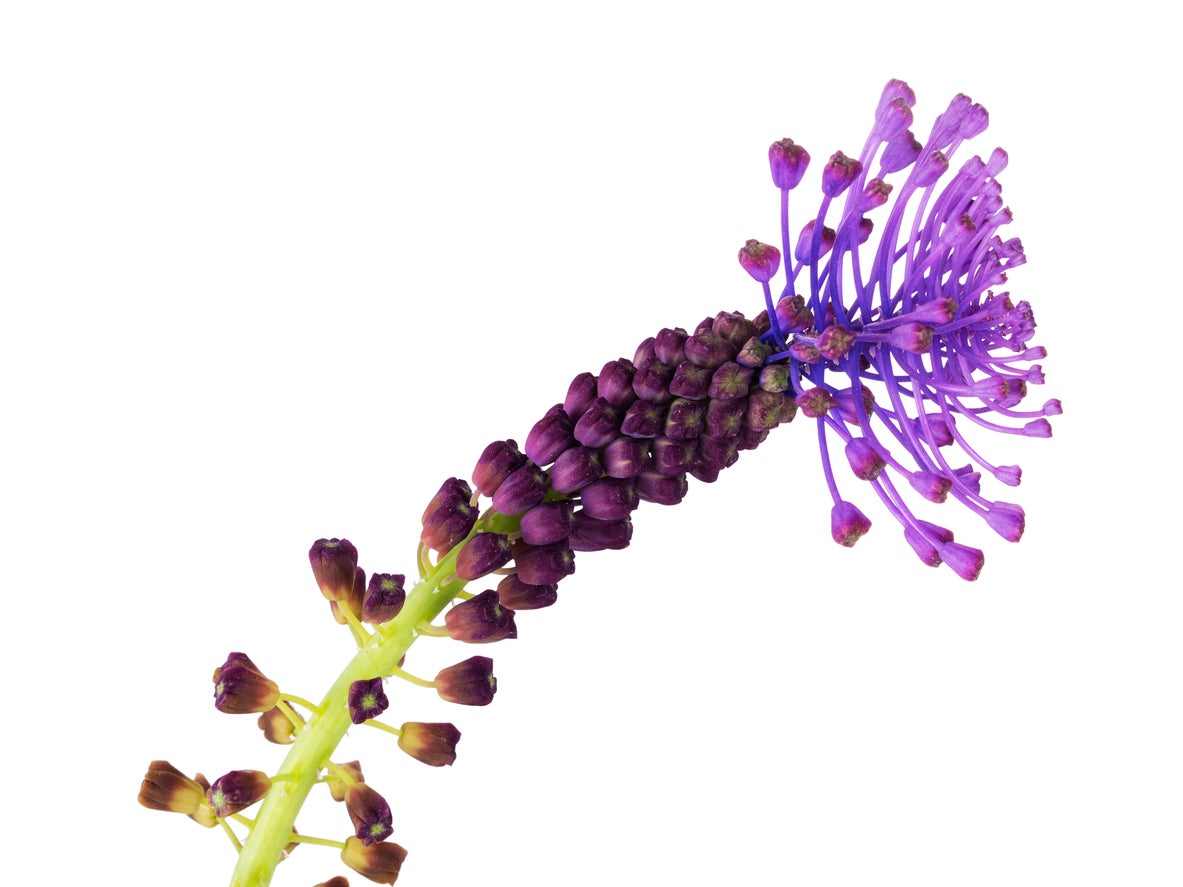 Feather Hyacinth Plants – Tips For Planting Feathered Grape Hyacinth Bulbs
Feather Hyacinth Plants – Tips For Planting Feathered Grape Hyacinth BulbsThe feather hyacinth, aka tassel hyacinth plant, can add another cool textural element to the garden with their feathery plumes. If you have some of these bulbs and are ready to go, click this article for tips on how to grow a Muscari feather hyacinth, including tips on their care.
-
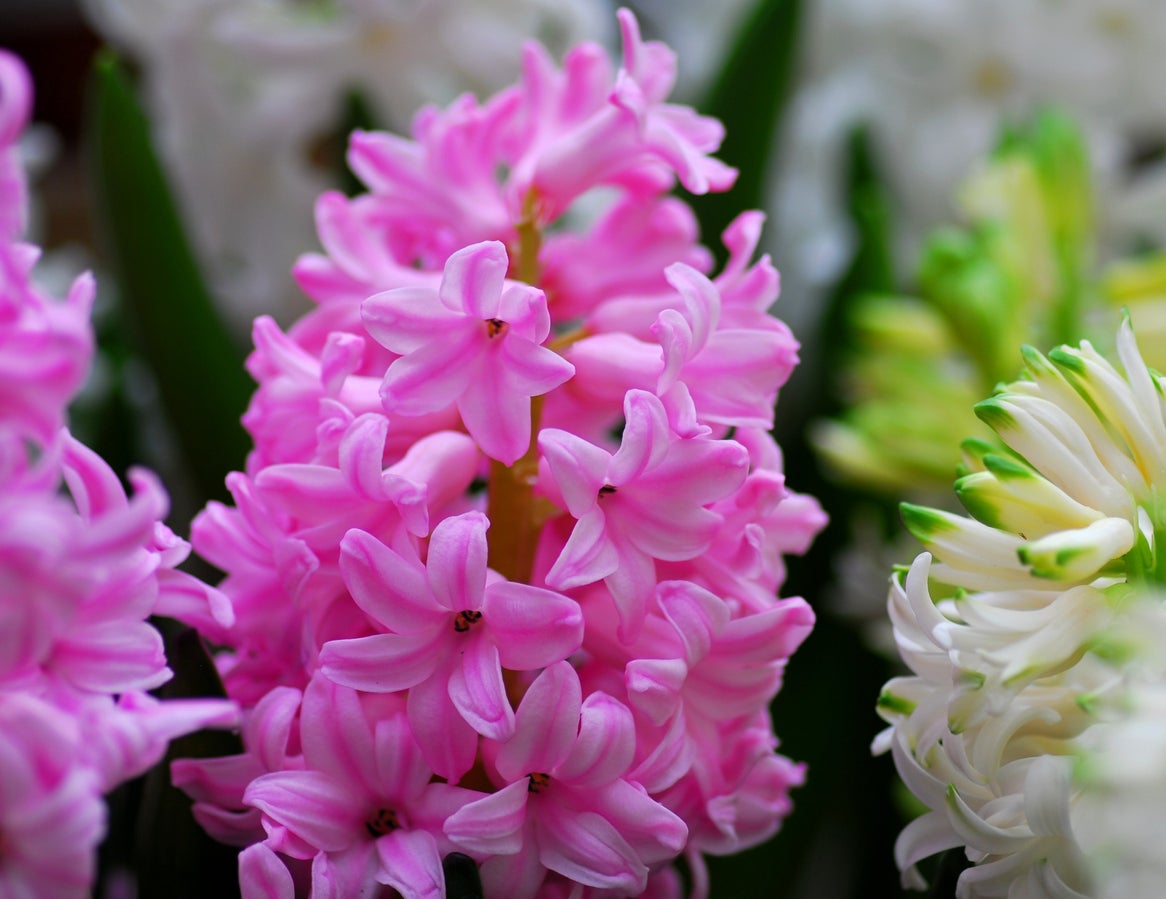 Growing Amethyst Hyacinths: Information On Amethyst Hyacinth Plants
Growing Amethyst Hyacinths: Information On Amethyst Hyacinth PlantsGrowing Amethyst hyacinths (Hyacinthus orientalis ‘Amethyst’) couldn’t be much easier and, once planted, each bulb produces one spiky, sweet-smelling, pinkish-violet bloom every spring, along with seven or eight big, shiny leaves. Learn more in this article.
-
 Desert Hyacinth Information – Learn About The Cultivation Of Desert Hyacinths
Desert Hyacinth Information – Learn About The Cultivation Of Desert HyacinthsDesert hyacinth is a fascinating desert plant that produces tall, pyramid-shaped spikes of dazzling yellow blooms during the spring months. What makes desert hyacinth plants so interesting? For more desert hyacinth information, click this article.
-
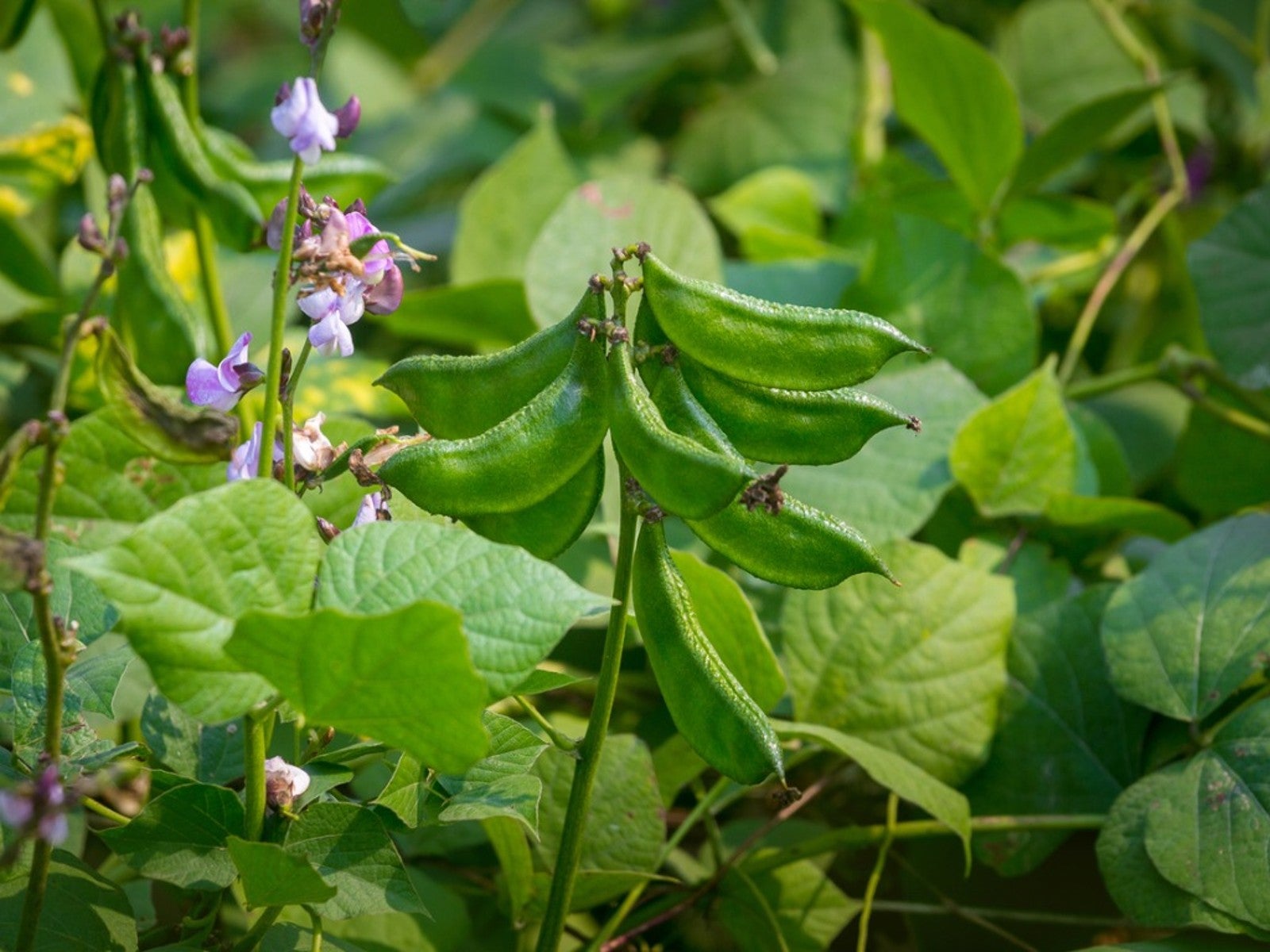 Pruning Hyacinth Bean Plants: When To Prune Hyacinth Bean Plants
Pruning Hyacinth Bean Plants: When To Prune Hyacinth Bean PlantsPruning may sacrifice flowers, but if the plant gets out of control, you know when to prune hyacinth bean. Pruning is strictly for aesthetics and to keep the plant in a habit you require. This article has additional information on pruning hyacinth bean plants.
-
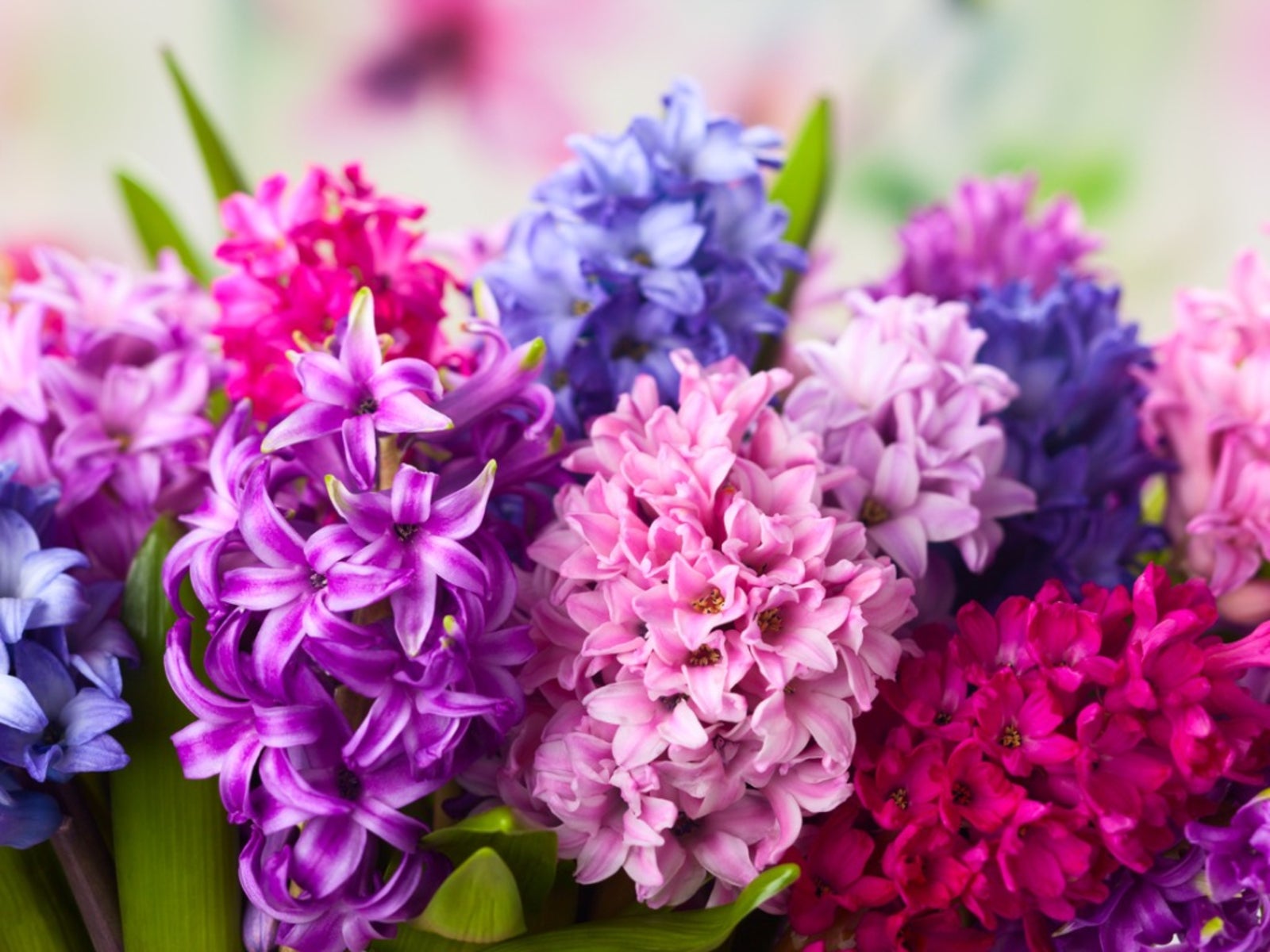 Hyacinth Seed Propagation – How To Grow Hyacinths From Seed
Hyacinth Seed Propagation – How To Grow Hyacinths From SeedAs hyacinth flowers fade and small green seed pods begin to form in their place, you may wonder, can you propagate hyacinth seeds? Click this article to learn about saving hyacinth seed and hyacinth seed propagation.
-
 Hyacinth Bean Vines: Tips On Growing Hyacinth Beans In Pots
Hyacinth Bean Vines: Tips On Growing Hyacinth Beans In PotsWith purple flowers and striking fuchsia pods, hyacinth bean vines brighten up any garden. But what if you don't have a garden? Is it possible to grow these beauties in a pot? Click this article to learn more about how to plant hyacinth beans in containers.